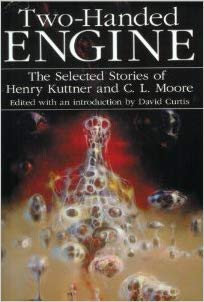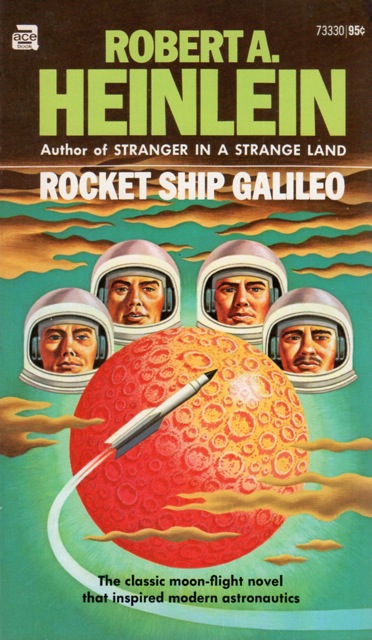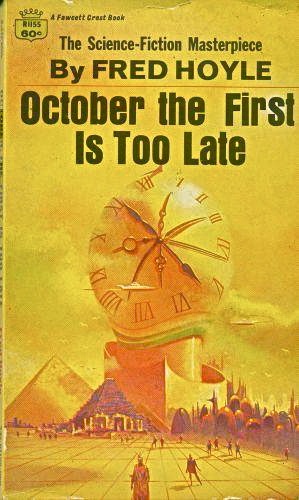By John Hertz: Spikecon, 4-7 July 2019, will combine two general-interest s-f conventions, Westercon LXXII (West Coast Science Fantasy Conference – oh, all right, it’s been in Colorado and Texas) and the 13th NASFiC (North America Science Fiction Convention, held when the World Science Fiction Convention is overseas), and two special-interest ones, 1632 Minicon and Manticon 2019. There’s a big tent for us! Or maybe a geodesic dome. Or a Dyson sphere.
The con is named in honor of the Golden Spike, the last spike driven to join the Central Pacific and Union Pacific creating the Transcontinental Railroad on 10 May 1869, just forty miles from the con site.
We’ll do three Classics of SF discussions, one story each. Come to as many as you like. You’ll be welcome to join in.
I’m still with A classic is an artwork that survives its time; after the currents which might have sustained it have changed, it remains, and is seen as worthwhile in itself. If you have a better definition, bring it.
Here are our three. I think each is interesting in a different way. Each may be more interesting now than when originally published.

Kuttner & Moore, “Mimsy Were the Borogoves” (1943)
The authors each said, after they married, anything under their names or their various pseudonyms was by both. Decades later, Tim Powers is known for explaining the real – i.e. SF – reason for something in history; here’s the real – i.e. SF – reason for something in fantasy; yet even that’s hardly the greatest element. The title alludes to Lewis Carroll’s Through the Looking-Glass (1871), as we – maybe – eventually understand.

Heinlein, Rocket Ship “Galileo” (1947)
We’ve also come to the golden anniversary of the Glorious 20th, when humankind first set foot on the Moon. Decades earlier came this speculation. It isn’t, incidentally, a rocket ship built in a back yard; and as A.J. Budrys used to demand, it answers “Why are they telling us this?” Nor are these pioneers the first – nor yet the second.

Hoyle, October the First Is Too Late (1966)
This first-rate astronomer – he was knighted six years later – also wrote SF. In both fields he was famously willing to propose speculations far from others’. In science one may someday be proved right or wrong; fiction doesn’t work that way. We might say of this story It’s about time. Only maybe it isn’t. Maybe time isn’t.
Discover more from File 770
Subscribe to get the latest posts sent to your email.

Those are classic cover paintings too:
Richard Powers (Two-Handed Engine)
Steele Savage (Rocket Ship Galileo)
Paul Lehr (October the First is Too Late)
The Padgett (Moore/Kuttner) stories in “Robots Have No Tails” are also much fun!
You could probably get a lot of discussion mileage from Just the Kuttner-Moore stories than the other two.
Any programming planned about this history, given the choice of name of the convention?
https://www.nbcnews.com/news/asian-america/150-years-ago-chinese-railroad-workers-staged-era-s-largest-n774901
Pingback: Suppose I Do Care What Other People Think | File 770